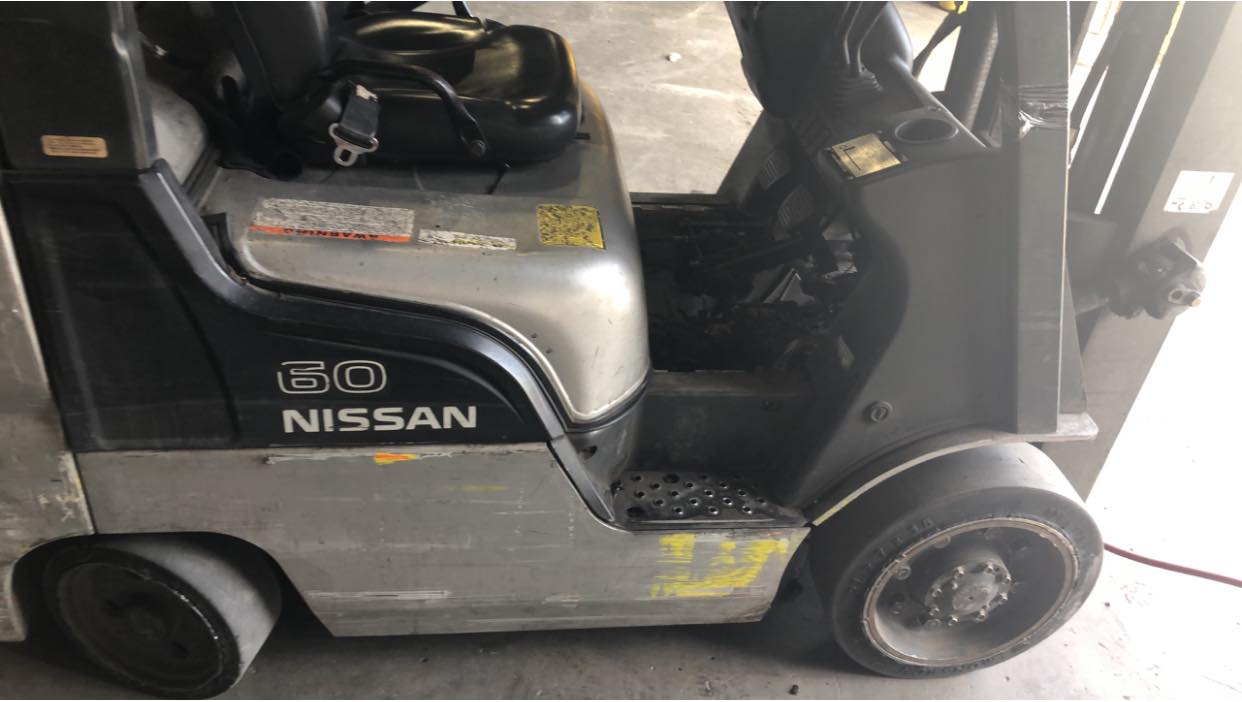E- 03, E- 04, E- 07 Can bus malfunction. Check power and ground at VCM, ECM and M/P. Check for poor or no connection at VCM, ECM and M/P. Check for corrosion on Maintenance ( OBD-II ) connector.
E- 21 Mass Air Flow sensor. Check for broken wire, loose connection.
E- 22 Water Temperature sensor. Check for broken wire, loose connection. (This is the two-wire sensor to ECM.)
E- 23 Throttle sensor. Verify 5 volt power supply at the throttle body from ECM. Verify ETC relay power to ECM. Check for corrosion at bottom of ETC relay box. Push and pull individual wires.
E- 24 Accelerator sensor. Occurs when voltage is out of range. Usually low voltage at idle. Perform the two “key learns”.
E- 25 02 sensor. Sensor circuit signal malfunction.
E- 26 02 sensor heater. Heater circuit signal malfunction.
E- 27 Crankshaft Position sensor. Is it an extended crank? If yes, verify fuel pressure is correct. If yes, most likely the sensor. Is it a non-extended crank? But, runs rough, is missing, etc. then — Check: (1) spark plugs, (2) coil packs — one at a time, then as a set. (3) sensor/connections.
E- 28 Camshaft Position sensor. Should be “no start”, bad sensor.
E- 29 LPG Fuel Cut circuit malfunction. Check Main “C” relay.
E- 30 ECM circuit malfunction. If truck has an emergency stop switch, check its function and connections. Verify main chassis ground, no paint. Verify ECM: (1) Check power and ground at ECM. (2) Loose connection (reseat ECM connectors and perform key learns.) (3) Swap ECM with one on a known good truck. If code follows to the known good truck, replace the ECM.
E- 31 Electronic Throttle Control actuator circuit malfunction. Check for corrosion at ETC relay, or water in the relay box.
E- 32 Engine Coolant over heat (step 1). Coolant temp sensor has seen 230° or higher. Possible causes: (1) radiator dirty (2) pushing pallets (3) inching pedal not adjusted properly.
E- 33 Engine Coolant over heat (step 2). Coolant temp sensor has seen 275° or higher.
E- 34 Ignition Signal circuit malfunction. No voltage at ignition coil. Verify 12 volts on green wire at each coil. Swap coil positions. Test again. (A) fault moves with coil — bad coil. (B) fault stays with original position — bad spark plug or bad ECM.
E- 35 LPG Fuel Injection circuit malfunction. Usually high resistance. Also, possible corrosion. Check Main LPG Injector. When unplugged, it should post no error code. Check 5 amp fuse on the injector holder assembly.
E- 36 LPG Fuel Pressure sensor. Check for broken wire, loose connection.
E- 38 LPG Vaporizer malfunction. This fault is related to high pressure. Start at the vaporizer.
E- 40 Oil Pressure sensor. This sensor is monitored by the Meter Panel. (This fault is not seen.)
E- 41 Stop Lamp Switch malfunction. All trucks have a Stop Lamp Switch even if there are no tail light assemblies. Verify that Stop Lamp Switch is adjusted properly. (On L01/L02 models — Place foot on brake pedal and hold down when clearing fault code.)
E- 42 Gasoline Air/fuel Ratio malfunction. This fault is related to the broad scope of fuel mixture. The ECM has usually seen a “full rich” or “full lean” condition.
E- 43 LPG Air/fuel Ratio malfunction. This fault is related to the broad scope of fuel mixture. The ECM has usually seen a “full rich” or “full lean” condition. Verify with the ignition switch “On” only, is LPG fuel pressure holding or draining? While running, check Air/Fuel Alpha display and 02 sensor voltage display. Possible last chance filter clogged. Possible main LPG injector stuck. Possible intake leak. Will not be related to the vaporizer. However, excess tar in the vaporizer could migrate downstream and affect other components.
E- 44 Atmospheric Pressure sensor. Check for broken wire, loose connection.
Unicarriers/Nissan Quick Reference Error Codes

